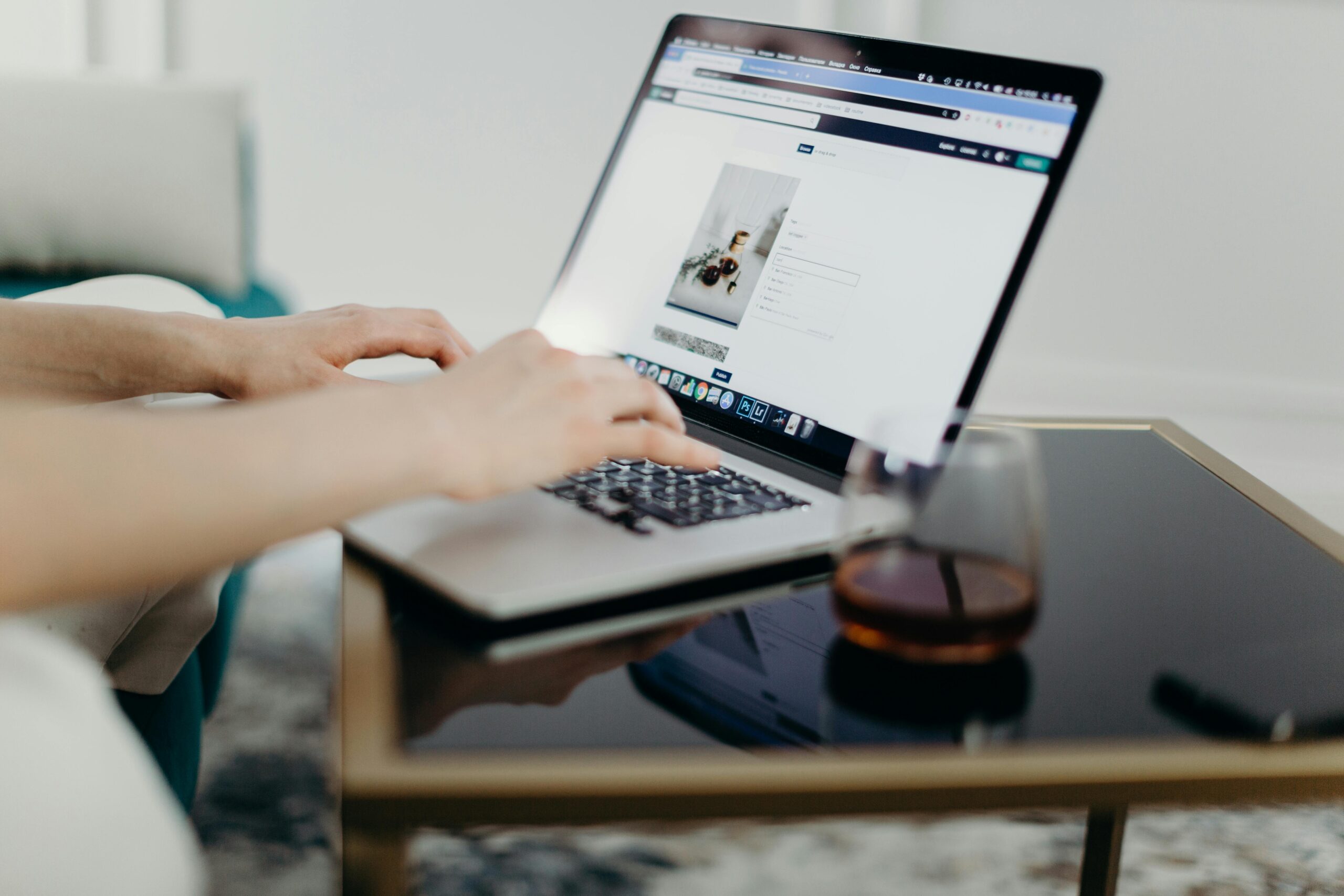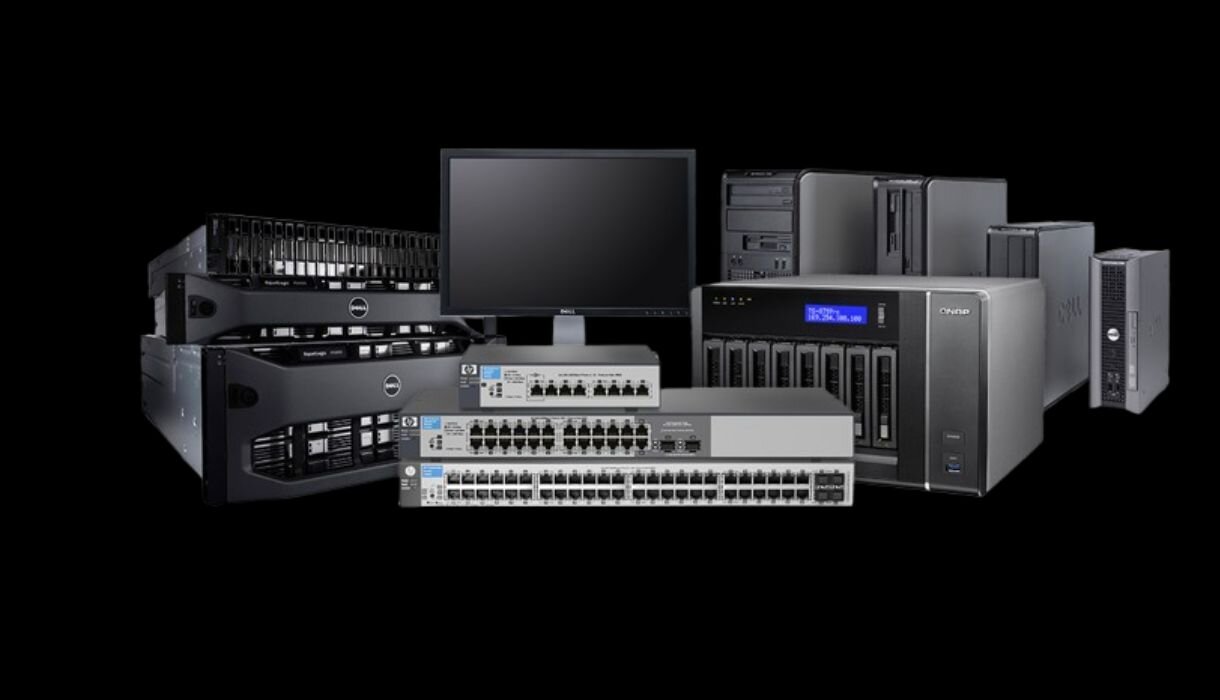In today’s fast-paced business environment, the design of a corporate office plays a crucial role in shaping the company’s culture, enhancing employee productivity, and creating a positive impression on clients and visitors. Corporate office interior design is not just about aesthetics; it encompasses functionality, comfort, and the overall experience of those who work within the space. Here are five essential elements to consider when designing a corporate office that meets the needs of both employees and the organization.
1. Space Planning
Effective space planning is the foundation of successful corporate office interior design. It involves organizing the layout of the office to maximize efficiency and ensure that the space meets the needs of its users.
-
Understanding Workflow: Before designing the office layout, it’s essential to understand the workflow of the organization. This includes identifying how teams collaborate, where communication occurs, and what areas are needed for focused work. A well-planned layout can facilitate better collaboration and communication among employees.
-
Zoning: Dividing the office into distinct zones can help create a more organized and functional space. Common zones include open work areas, private offices, meeting rooms, and relaxation areas. Each zone should be designed to serve its specific purpose while promoting a cohesive overall design.
2. Ergonomics and Comfort
The comfort of employees is paramount in corporate office interior design. An ergonomic workspace can significantly impact productivity and employee well-being.
-
Furniture Selection: Choosing the right furniture is crucial for creating a comfortable work environment. Ergonomic chairs, adjustable desks, and proper lighting can help reduce strain and fatigue. It’s important to invest in high-quality furniture that supports employees’ physical health.
-
Break Areas: Incorporating comfortable break areas where employees can relax and recharge is essential. These spaces should be inviting and equipped with comfortable seating, natural light, and amenities like coffee machines or snack stations. A well-designed break area can enhance employee morale and foster a sense of community.
3. Aesthetic Appeal
While functionality is important, the aesthetic appeal of a corporate office cannot be overlooked. A visually pleasing environment can inspire creativity and make a positive impression on clients and visitors.
-
Color Schemes: The choice of colors can significantly influence the mood and atmosphere of the office. Warm colors like reds and oranges can energize a space, while cool colors like blues and greens can create a calming effect. It’s essential to choose a color palette that aligns with the company’s brand identity and values.
-
Artwork and Decor: Incorporating artwork and decorative elements can add personality to the office. This could include local artwork, motivational quotes, or branding elements that reflect the company’s culture. Thoughtful decor can create a welcoming environment that resonates with both employees and visitors.
4. Technology Integration
In today’s digital age, technology plays a vital role in corporate office interior design. Integrating technology seamlessly into the office layout can enhance productivity and collaboration.
-
Smart Office Solutions: Incorporating smart technology, such as automated lighting, climate control, and advanced audiovisual systems, can improve the overall functionality of the office. These solutions can create a more comfortable and efficient work environment.
-
Collaboration Tools: Designing spaces that facilitate collaboration is essential for modern workplaces. This includes equipping meeting rooms with video conferencing technology, interactive whiteboards, and other tools that support teamwork. Ensuring that technology is easily accessible can enhance communication and collaboration among teams.
5. Sustainability
Sustainability is becoming increasingly important in corporate office interior design. Organizations are recognizing the value of creating environmentally friendly spaces that promote sustainability and well-being.
-
Eco-Friendly Materials: When selecting materials for the office, it’s important to choose eco-friendly options that minimize environmental impact. This includes using sustainable materials for furniture, flooring, and finishes. Recycled and renewable materials not only reduce waste but also contribute to a healthier indoor environment.
-
Energy Efficiency: Implementing energy-efficient solutions, such as LED lighting and energy-efficient HVAC systems, can significantly reduce the office’s carbon footprint. Additionally, incorporating natural light through large windows or skylights can enhance the workspace while lowering energy costs.
Conclusion
Incorporating these five essential elements into corporate office interior design can create a workspace that is not only functional but also enhances employee satisfaction and productivity. By focusing on effective space planning, ergonomics, aesthetic appeal, technology integration, and sustainability, organizations can design an office that reflects their values and supports their workforce. As businesses continue to evolve, investing in thoughtful interior design will be crucial for fostering a positive work environment that attracts and retains top talent.
What People Also Ask
What is corporate office interior design?
Corporate office interior design refers to the process of planning and designing the interior spaces of an office environment to enhance functionality, aesthetics, and employee well-being.
Why is space planning important in office design?
Space planning is important because it helps optimize the layout of the office, ensuring that it meets the needs of employees and promotes efficient workflow and collaboration.
How can ergonomics improve employee productivity?
Ergonomics can improve employee productivity by creating a comfortable work environment that reduces physical strain and fatigue, allowing employees to focus better on their tasks.
What role does aesthetics play in office design?
Aesthetics play a significant role in corporate office interior design as a visually appealing environment can inspire creativity, enhance employee morale, and create a positive impression on clients and visitors.
How can technology be integrated into office design?
Technology can be integrated into office design through smart office solutions, collaboration tools, and advanced audiovisual systems that enhance communication and productivity in the workplace.



